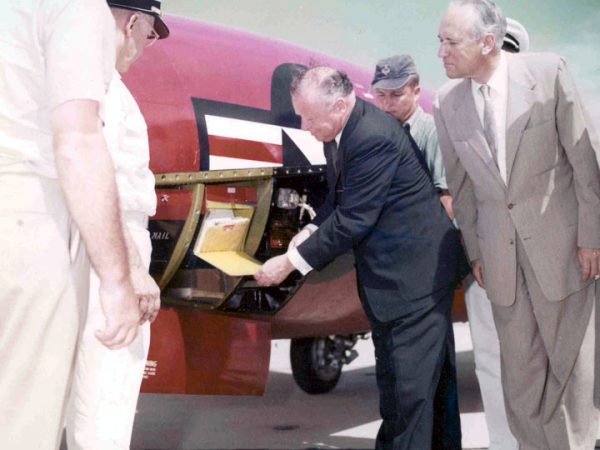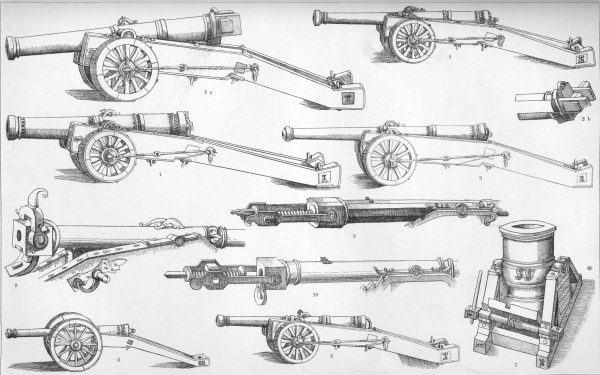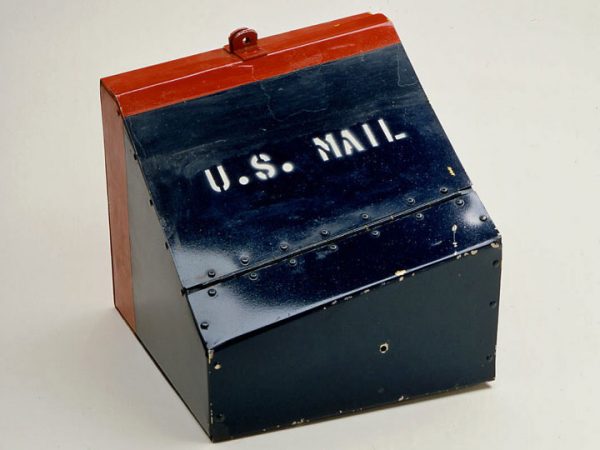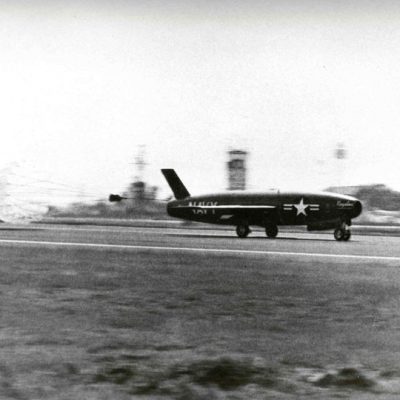In the midst of the Cold War, a submarine-fired guided missile carrying a most unusual payload arced up over the United States and landed in Florida. Launched in June of 1959 by the USS Barbero (SSG-317), a Navy submersible docked in Virginia, this Regulus I rocket held 3,000 letters addressed to top government officials and postmasters general. President Eisenhower, Vice President Nixon, cabinet members, and federal officials made the list of recipients, in addition to all United States governors, members of Congress and Supreme Court justices.
Unannounced to the public in advance, the test was a success. The Regulus missile traveled to its target at an unprecedented 600 miles per hour, then slowed and landed, leaving Postmaster General Arthur Summerfield fascinated by the potential of rocket mail. “This peacetime employment of a guided missile for the important and practical purpose of carrying mail, is the first known official use of missiles by any Post Office Department of any nation,” he boasted.

Summerfield also predicted that “before man reaches the moon, mail will be delivered within hours from New York to California, to Britain, to India or Australia by guided missiles.” His prediction never came to pass, but it reflects a long history of the USPS embracing new transportation technologies. It also is just one relatively recent example in a string of bold attempts to launch mail through the open skies.

As early as 1810, German author Heinrich von Kleist proposed a system of artillery batteries that would relay mail across his country. Shells packed with letters would be launched along the route, loaded back up and fired further. He estimated that a 180-mile network from Berlin to Breslau could relay messages in as little as half a day, which, by the standards of the time, was an impressive feat.
Over the coming century, many others would attempt to launch mail through the air. There was even discussion of how to set up transatlantic rocket routes for international delivery — such missiles could have cut delivery times from a week (or more) down to a day. A series of domestic attempts to send mail by missile within Europe and in other places worked to varying degrees, though some rockets got stuck up in trees while others simply exploded on impact.

By the time of the USS Barbero test launch in 1959, guidance systems had become more sophisticated. And that particular test was not just about sending mail — it also sent another kind of public message, from the Department of Defense to other nations: guided missiles of the U.S. military could achieve a high degree of accuracy.

“The missile employed a then state-of-the-art guidance system that could precisely deliver a thermonuclear weapon from a distance of 600 miles,” says Nancy A. Pope of the Smithsonian National Postal Museum “The trip from the USS Barbero to Mayport was only 100 miles in distance, but it helped to illustrate another possible use for the weapons technology. The space used for the containers was space that was originally designed to hold the missile’s nuclear warhead.”
As with many experimental technologies of the mid-20th century, this mail-carrying rocket was a show of strength but also an attempt to turn weapons of war toward peaceful applications. Also like many such experiments: it had limited success and never achieved the widespread use that some of its more enthusiastic supporters had envisioned. Still, per the USPS, “this experiment with missile mail exemplifies the pioneering spirit of the Post Office Department when it came to developing faster, better ways of moving the mail.”





Comments (1)
Share
The fact that this thing flew, landed, and could probably be refueled and re-flown also makes it incredibly UAV (drone)-like. Not the first time the post office has helped pushed technological innovation like they did with trains and planes.